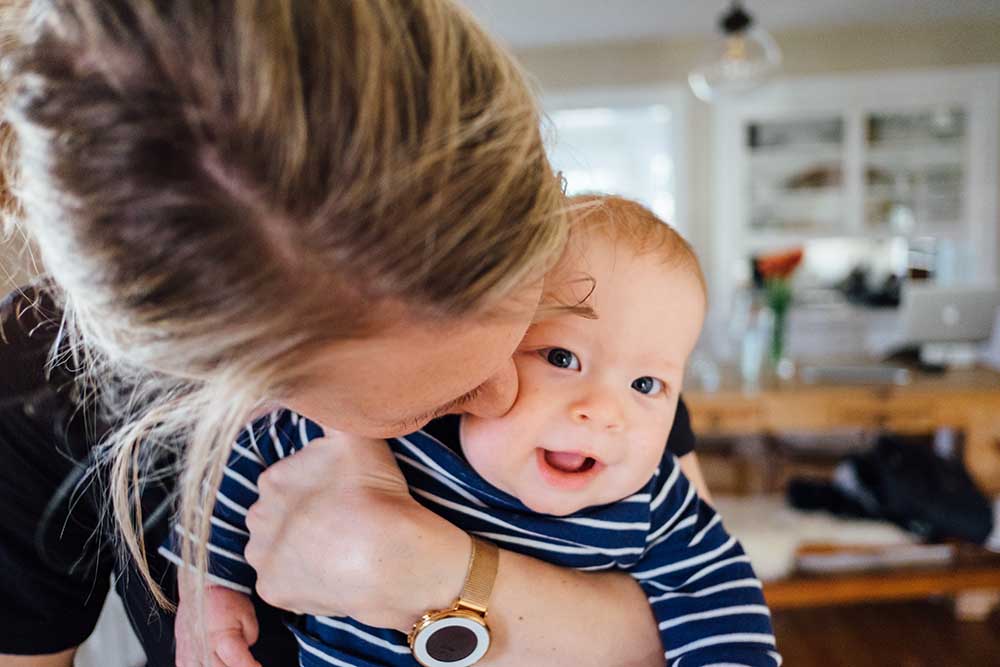By Dr Brooklyn Storme
As a Psychologist, I am blessed to be able to meet children from all kinds of different families and backgrounds. Sometimes parents seek our help to manage their child’s behaviour, especially when unwanted behaviours are having an impact on other siblings, friends or peers and so on.
I remember a time that *Sarah brought her daughter along for counselling. Sarah was concerned because her daughter had been expressing her anger in unhealthy ways. For example, if her daughter asked for a toy when they were shopping and Sarah declined, her daughter would throw herself on the ground, flail her arms and legs and scream really loudly. Sarah had tried everything to change the situation, but it kept happening. It even happened at a neighbour’s birthday party. When the children were playing pass-the-parcel and the parcel didn’t land in her daughter’s lap, there were more tears, there was pushing and shoving and eventually, Sarah had to take her daughter home.
But what was really going for Sarah? Depending on their age, children all behave differently and as they reach certain developmental milestones, they become more able to express themselves through language. But despite being able to articulate what they need, children, like adults, communicate mostly through their actions.
This is where the 5 Love Languages for children may be of help. If you aren’t familiar with the Love Languages, the general idea is that we each have preferences for how we like to be loved and how we like to give love or show others we care. When I first heard of this idea, it was intriguing and so I reflected on how I like to be loved. I really like it when people tell me I’ve done a good job with something, or that they have noticed or appreciate something that I’ve done. Once I’d thought it about it, I learned more.
♥ 1. Words of Praise or Affirmation
Some people feel loved when others give them kind words, acknowledgement and appreciation. For children, this might look like telling them they’ve done a wonderful job, telling them you love them so much, telling them what you admire or respect about them or expressing that you’ve seen how hard they’ve tried with a task.
Children might show you love by simply saying, ‘I love you!’. They might also feel like they are showing you love by giving you compliments or really listening to you when you talk with them.
♥ 2. Acts of Service
This love language is really about feeling loved (or expressing love) through action – by doing things for others. You might show children that you love them by taking them to basketball three nights a week, by sewing their ballet costumes for the end of year recital, by cooking their favourite dinner or by helping them with their homework.
Children might show you love through acts of service like wiping over the bench, putting the washing away, looking after their younger sibling or making you a yummy breakfast on the weekend.
♥ 3. Time
Spending time together is a great way to give and receive love. You might show the children that you love them by sitting down and watching one of their favourite movies or reading with them. You might give up something you like doing so that you can spend time when your little one needs you.
Children can show love by giving you their time too. They might choose to stay home and sit at the kitchen counter to keep you company while you are in the kitchen or they might do things that you like doing, just so that they can be in your company.
♥ 4. Gifts or Tokens
This one may sound obvious and it’s really about how we give and receive love through objects. For example, you might show your child love by giving them surprises, by buying them something special every now and again for a treat or by doing things like popping a favourite snack in their lunchbox without them knowing! Gifts and tokens can also include things like rewards jars for good behaviour that result in a special outing (for example) when there are a desired number of tokens in the jar.
Some children love to show their parents and caregivers just how much they care by giving them things that kids can make. Often this can include arts and crafts, drawings, stories, flowers from the garden and hand-made cards. Other children might give the gift of a special recital just for you where they dance and sing. It doesn’t really matter what the gift or token is because it’s the message that’s most important.
♥ 5. Affection
Hugs and cuddles are lovely way to show children that they are important to you and that you care about them very much. Physical touch can sooth anxieties, help with confidence and foster healthy self-esteem among many other benefits. Some parents really love being affectionate with their children and it’s beautiful to see.
Children also enjoy being affectionate with parents. For them, affection can look like hugs and cuddles but it can also mean sitting on Nana’s lap on Sunday afternoon and reading a book, brushing mum’s hair, helping a sibling and comforting others.
The interesting thing about the Love Languages is that once we understand how a child likes to give and receive love, we can better accommodate their needs. The Love Languages concept was originally created for couples and has been extended to a number of other areas, such as children. You can take a free quiz to learn more about your own style by visiting www.5lovelanguages.com.
Dr. Brooklyn Storme, PhD is the Director and head psychologist at All Psyched Up, a mindfulness-based allied health practice on the Mornington Peninsula. When she’s not at work, she’s usually teaching Gabe new tricks or spiking up his purple Mohawk.
Facebook: allpsychedup
Ph: 8765 2434


